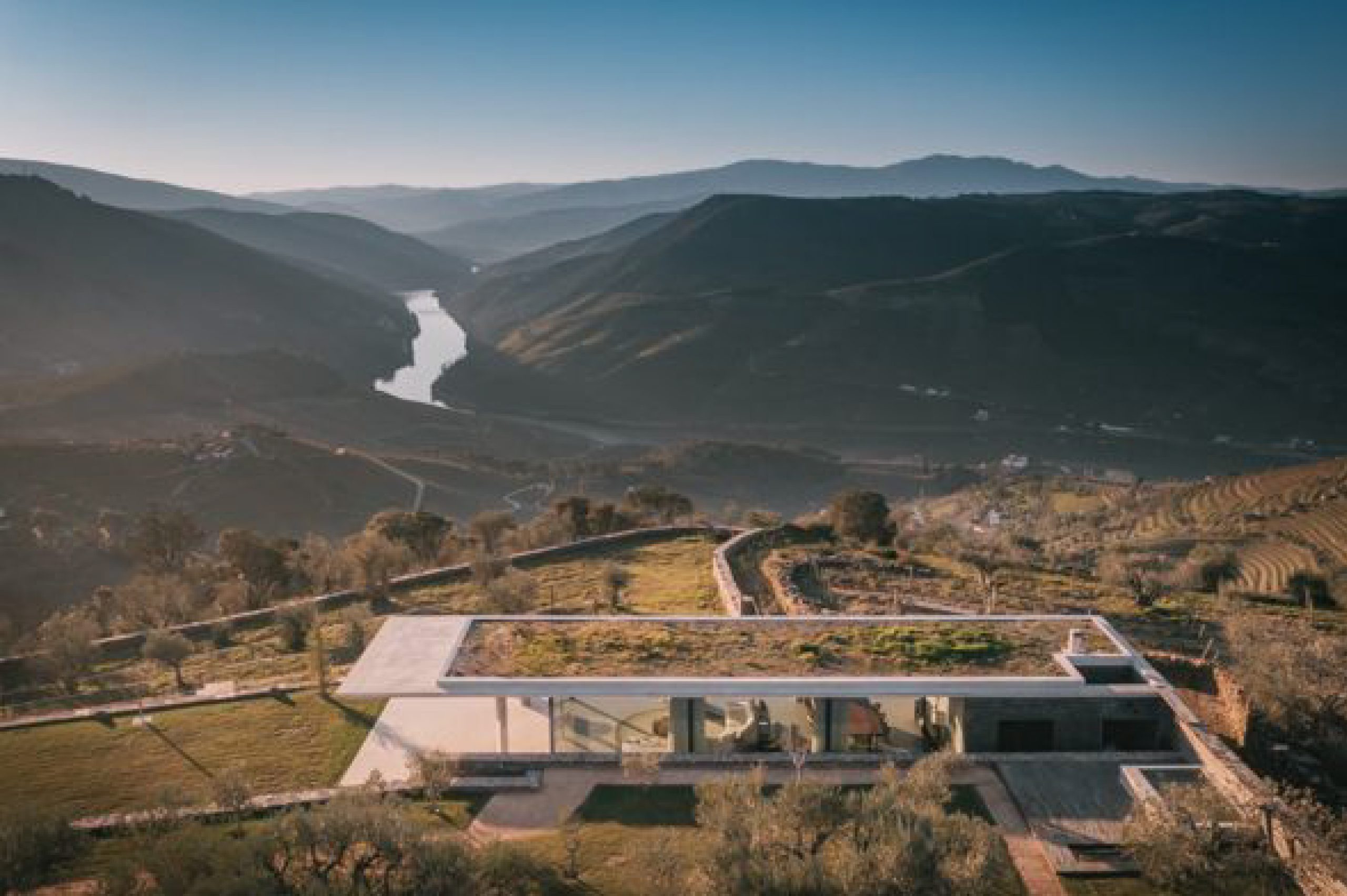In a world that often feels cluttered and overwhelming, there’s a growing appreciation for minimalist architecture that seamlessly blends with nature. These carefully selected homes, designed for the outdoor enthusiast yearning to connect with the beauty of the natural world, exemplify the perfect harmony between architecture and environment.
Join us as we explore five extraordinary projects, each testament to the marriage of OTIIMA minimalist design and the great outdoors.
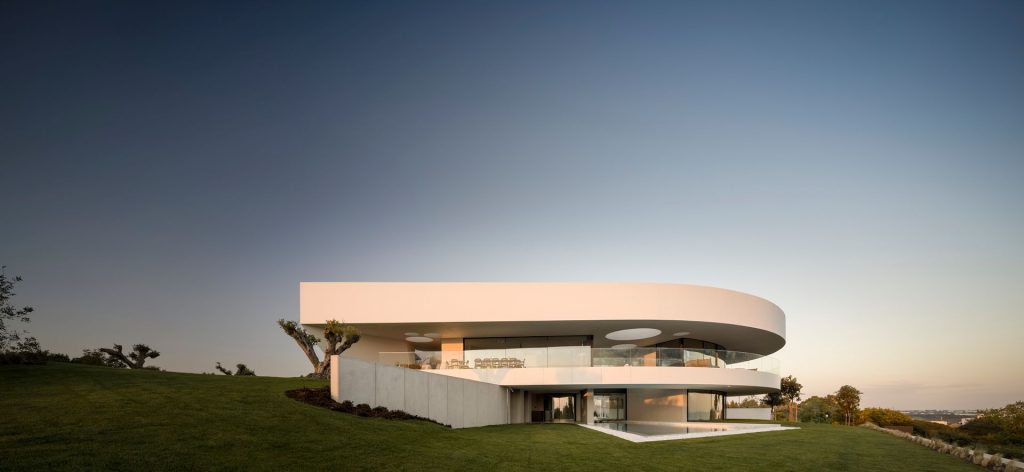
Casa voluta | mário martins atelier | © fernando guerra
1. Mariko Mori Residence – Miyako Island, Japan
Nestled on Miyako Island, Japan, the Mariko Mori Residence embodies artistry meeting nature. Mariko Mori, the artist and homeowner, transformed her spiritual experience into a home of white luminescence and ultra-minimalist aesthetics. Partnering with Tokyo’s Ring Architects, the house blends seamlessly with the landscape. This residence is a testament to minimalist design’s power to reflect the artist’s inner world and the surrounding environment’s serenity.
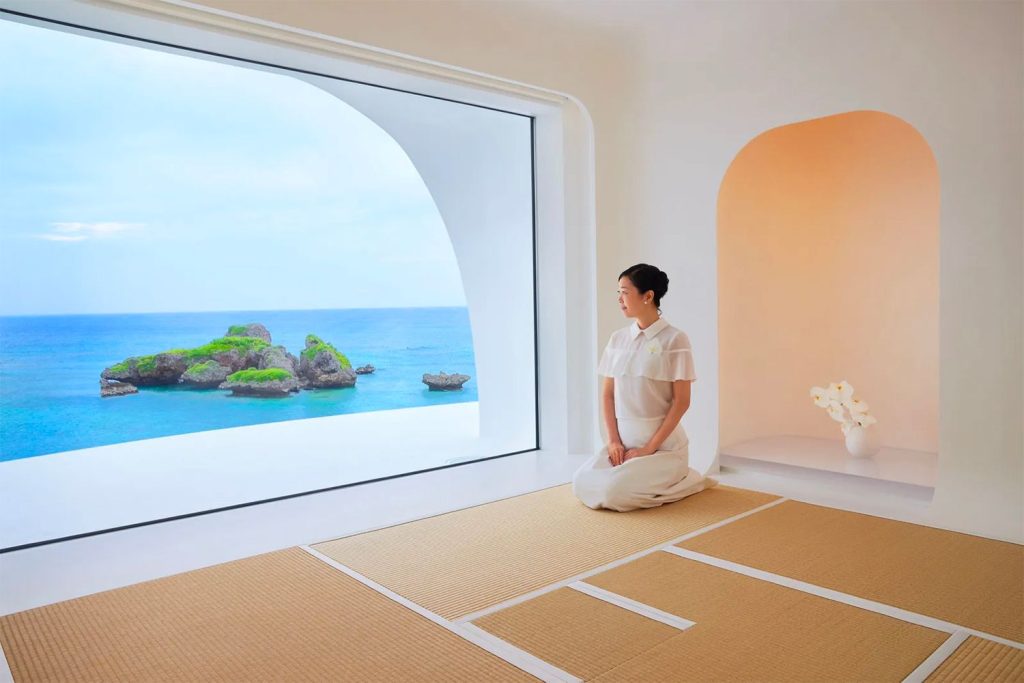
yuputira house | mariko mori | © yoshihiro makino
Perhaps his most famous principle, “Less is more,” summarizes Mies’ approach to design: stripping away the unnecessary to reveal the essential. His buildings are characterized by clean lines, open floor plans, and an absence of ornamentation. This philosophy encourages architects to prioritize spatial clarity and material integrity, resulting in modern and enduring structures.
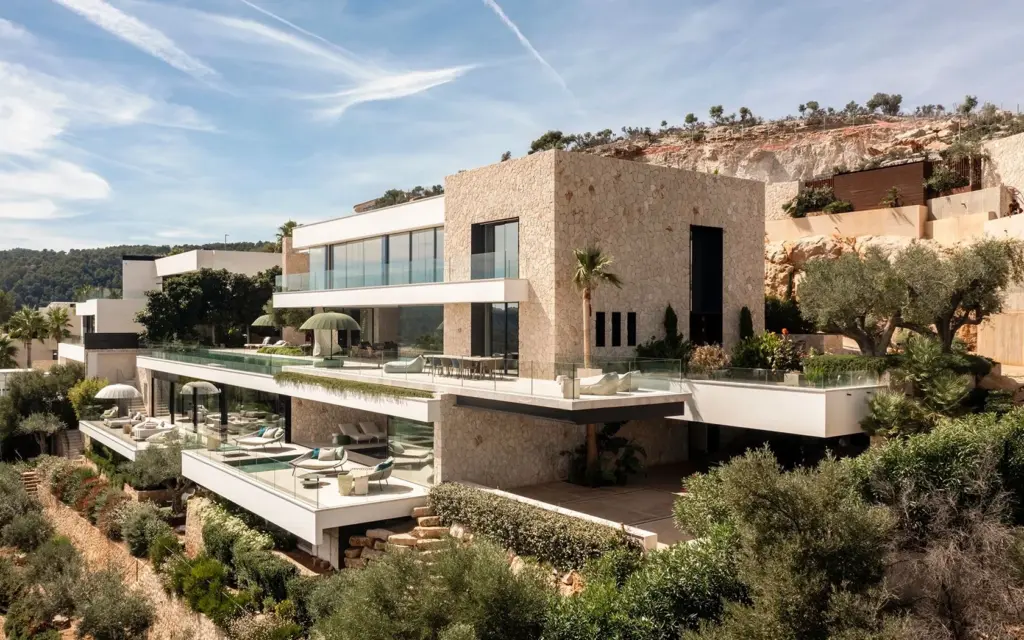
© Tomeu Canyellas
1. Heydar Aliyev Center – Zaha Hadid
1. Heydar Aliyev Center – Zaha Hadid
2. Casa da Praia – Praia Verde, Portugal
Casa da Praia by Atelier Central Architecture celebrates harmony between architecture and natural elements in the sprawling pine forest of Praia Verde, Portugal. The OTIIMA minimalist Pivot system enhances the contemporary style, enabling the door to rotate vertically with invisible hinges. This complements the surrounding windswept landscape and allows the home to become a part of the ecosystem it inhabits, a true retreat for nature enthusiasts.
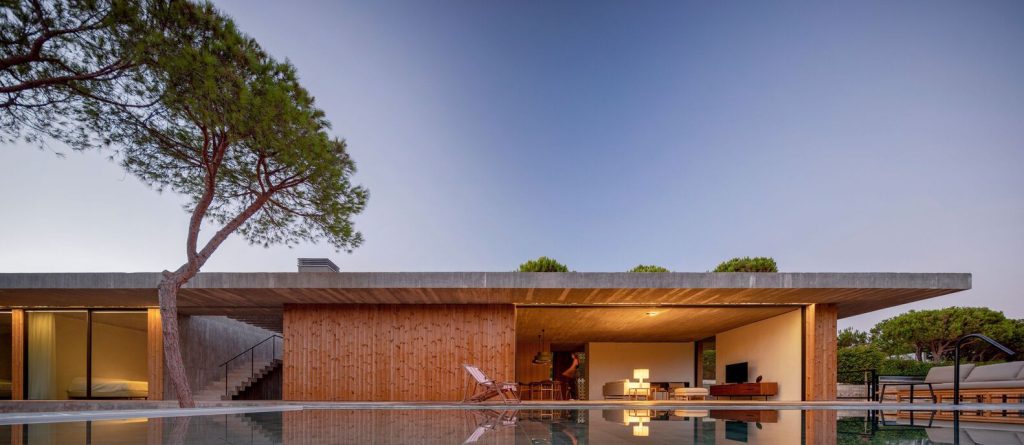
casa da praia | atelier central
3. Can Vasco – Ibiza, Spain
In Ibiza’s Can Vasco project, Estudio Vila 13 Architects embarked on a journey to blend modernity with tradition. Concrete harmonizes with the island’s iconic stone, creating a unique fusion of materials. The textures and forms are the protagonists in this design, seamlessly integrating the modern lifestyle with the rural surroundings. Can Vasco demonstrate that minimalism can embrace heritage while offering a contemporary living experience.
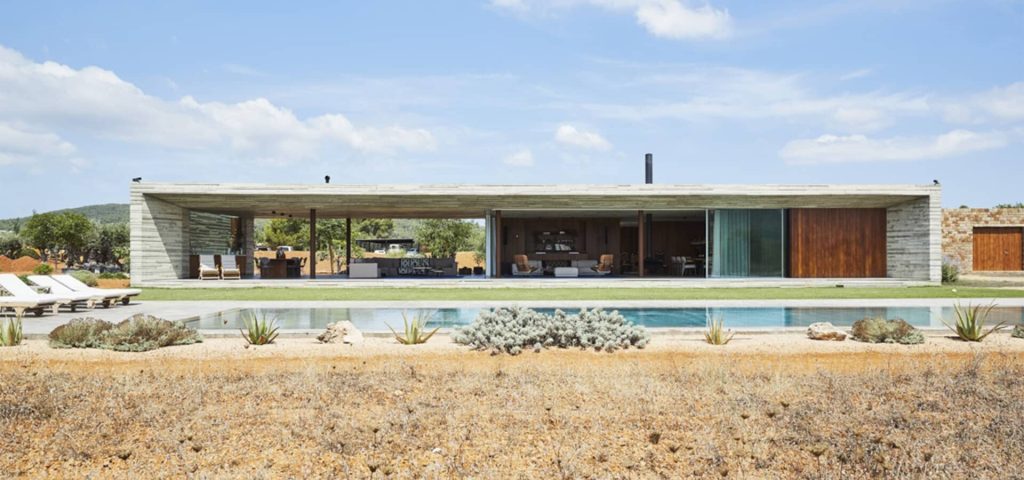
can vasco | estudio vila 13 | © courtesy of estudio vila 13
4. House in Armamar – Armamar, Portugal
Standing by the tranquil River Douro, the House in Armamar by Paula Santos Architecture showcases the beauty of concrete integrating with the environment. The OTIIMA Motorized Guillotine System elegantly connects the interior and exterior, allowing panoramic views of the river and hills. With its descending glazed panels, the house achieves a remarkable integration of the natural world, giving inhabitants a constant connection to the landscape outside.
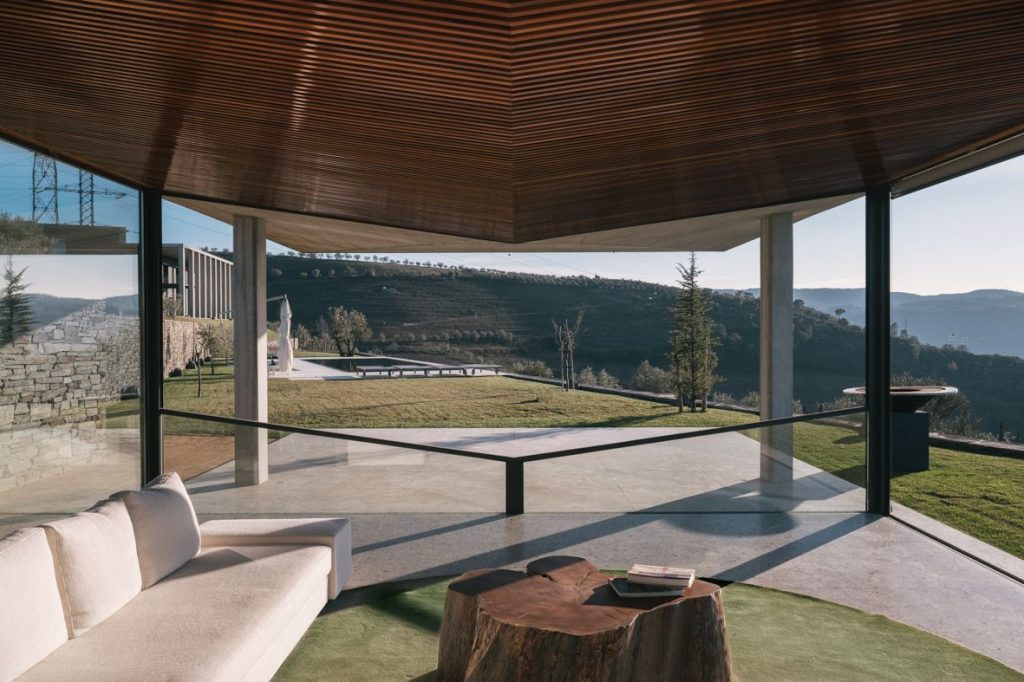
house in miramar | paula santos architecture | © joão rey soares
5. Gerês House – Portugal
Architect Carvalho Araujo’s Geres House in Portugal embodies the essence of a magical dwelling within nature. Divided into two floors, the house captures the warmth of materials and the serenity of its surroundings. The “ribbon windows” flood the open space with natural light while providing uninterrupted landscape views. The Geres House is a testament to how minimalist architecture can encapsulate the four elements and immerse residents in a sensory experience of nature.
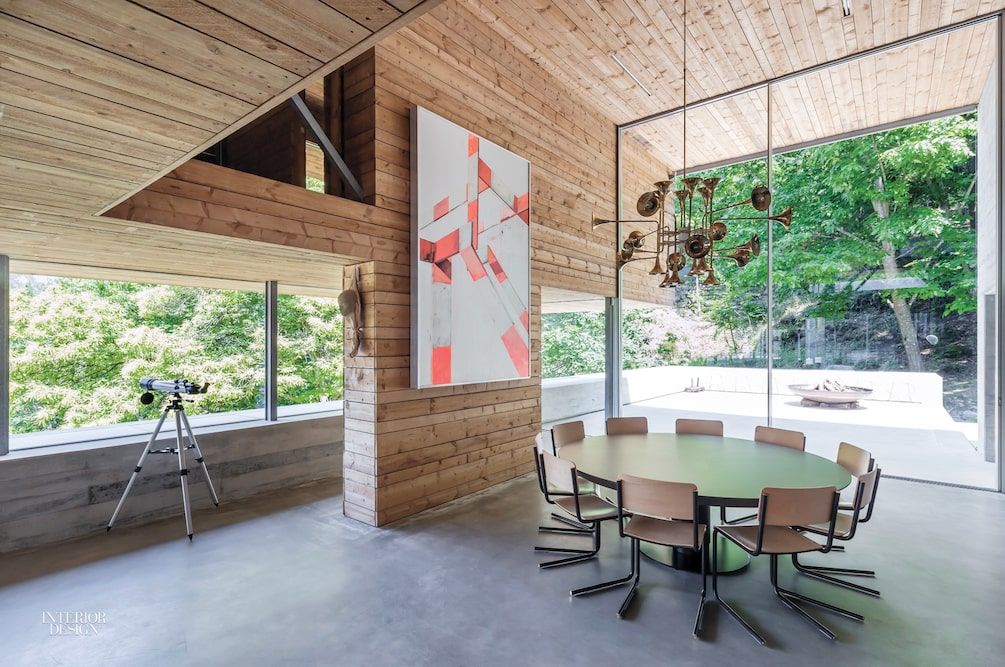
gerês house | carvalho araújo | © juan rodriguez
In a world where the relationship between architecture and the environment is becoming more critical, these five projects are shining examples of how minimalist design can foster a deep connection with nature. OTIIMA’s commitment to creating spaces that respect the surroundings while offering functional elegance is evident in these unique homes. For the outdoor enthusiast seeking solace in embracing nature, these homes are more than structures; they are gateways to a world where design and environment coexist in perfect harmony.
